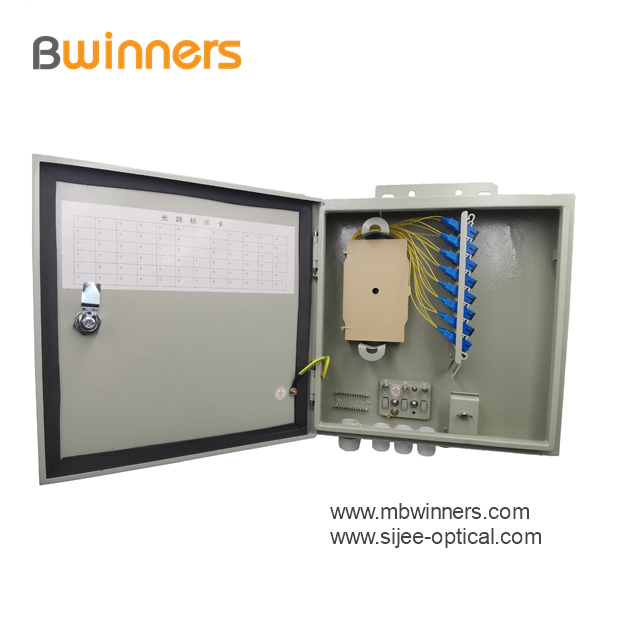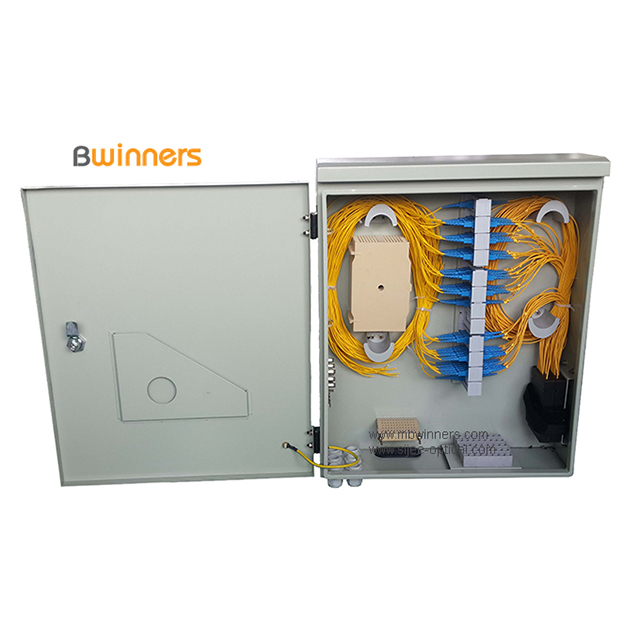Executive summary
The development of defibrillators reveals the future direction of healthcare. These amazing high-tech products that can save lives, only appeared in ambulances and hospitals a few years ago, and require special training and professional medical personnel to use. Some people looked at the defibrillator with suspicious eyes. Imagine if a colleague suddenly covered his chest and fell to the ground, what would an untrained employee do: run to the box, break the glass, grab the "Quick Start Guide", browse the text quickly, and learn about various connections and controls And preventive measures. At the same time, the patient endured torture on the ground. At this time in his mind flashed countless dramatic scenes in the medical drama-the doctor or nurse defibrillated himself, not the patient. The reality is not so dramatic, as medical technology leaves the hospital with us and enters the workplace and family.
Defibrillator in the workplace
These defibrillators actually provide voice and graphical guidance, allowing a user who has never used this machine to use the monitor and lead switches correctly. The machine will then make a judgment to determine how much electrical energy to apply to the patient, while avoiding novice operators hurting themselves or suffering patients. When EMT arrives at the scene, you can connect the defibrillator and download the stored data so that you can take it back to the hospital for the doctor to view and analyze.
Where to go for healthcare
This story illustrates the technical success and challenges. Medical equipment will no longer be limited to clinical applications, but more and more into people's daily life. These devices include: health-assist devices (such as a calorie calculator application in a mobile phone or a heart rate monitor on a treadmill), life-sustaining drug infusion pumps, long-term vital signs monitoring records, and emergency treatment equipment (such as a defibrillator). In order to bring medical monitoring and medication into the home, these devices will have the following characteristics:
1. Portable: small and low power consumption, even the elderly patients will not consider them cumbersome.
2. Smart: Use the provided monitoring information to confirm that the configuration is correct, can complete the target task, or remind to pay attention immediately.
3. Safety: They must be designed to have the same security as older product models used in hospitals, while being able to be used without training.
4. Connect: Easy to program, update and read data. These devices must be able to interface with non-medical devices (such as commercial networked computers) in order to communicate with remote medical institutions.
safety
The innovation of health care equipment requires more attention to safety, and the degree of attention is no less than the electronic equipment used in hospitals. Safety includes many aspects; the device must be able to self-diagnose whether the connection is correct and the condition of the patient. The device must be able to prevent misuse or malicious tampering. Due to privacy requirements, patient data must be stored and transmitted in a secure manner. It is also required to have electrical safety, so when connected to non-medical communication equipment or other household appliances, high voltage or leakage current will not flow into the human body. Electrical safety is largely ensured by isolation. Isolate and block the electrical path from the main power supply or other medical equipment (such as defibrillators and other high-voltage generating equipment) to the power supply of the equipment. The rest of this article will explain how to achieve safe isolation of medical device connections, focusing on those used in non-clinical settings.
For more details, please download the white paper : ADI's White Paper on Safe Isolation of Home Healthcare Electronics
Termination Box Outdoor Wall Mountable available FC/SC/ST/LC Adapter
Standard Wall Mount Enclosure is mainly used for connecting the indoor/outdoor optical cables, patch cords and pigtails. It can be wall mounted or pole mounted and provides various accessories to avoid any unexpected damage to the fiber.
This types of fiber termination box as distribution box, it is usually used in between wiring closets and equipment for fiber optic cable termination, use and management.
Note: This box does not come with any adapters and pigtails. If you need them, we can install them for you with few charges.
Features
Suitable for ribbon and bunchy fiber cables Fiber splice trays can be installed and changed easily Small dimension and exquisite and easy for operation Standard cell structure size, wall mounted patch panel Capacity: 12-144 ports Suitable for SC, FC, ST Simplex & LC Duplex
Specifications
Technology: Electrostatic spraying Material: SPCC or AL or customized Color: Milk White Compliant with ISO: 9001, RoHS, UL, Bellcore certification Atmosphere pressure: 70KPa~106KPaType: Single door open


Outdoor Fiber Optical Distribution Box(Metal)
Fiber Optic Box,FTTH Distribution Box,Fiber Terminal Box,Outdoor Fiber Optic Distribution Box
Sijee Optical Communication Technology Co.,Ltd , https://www.sijee-optical.com